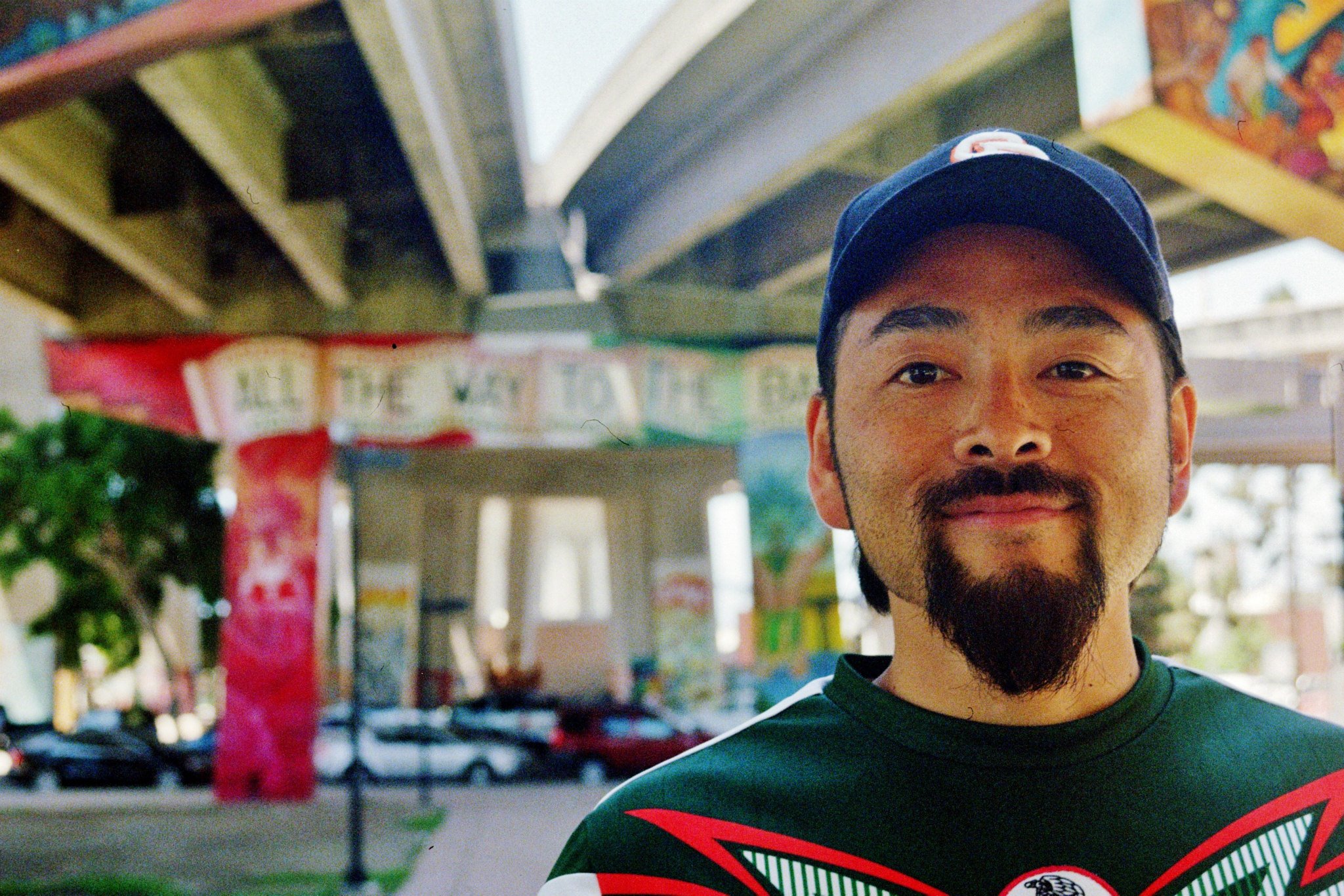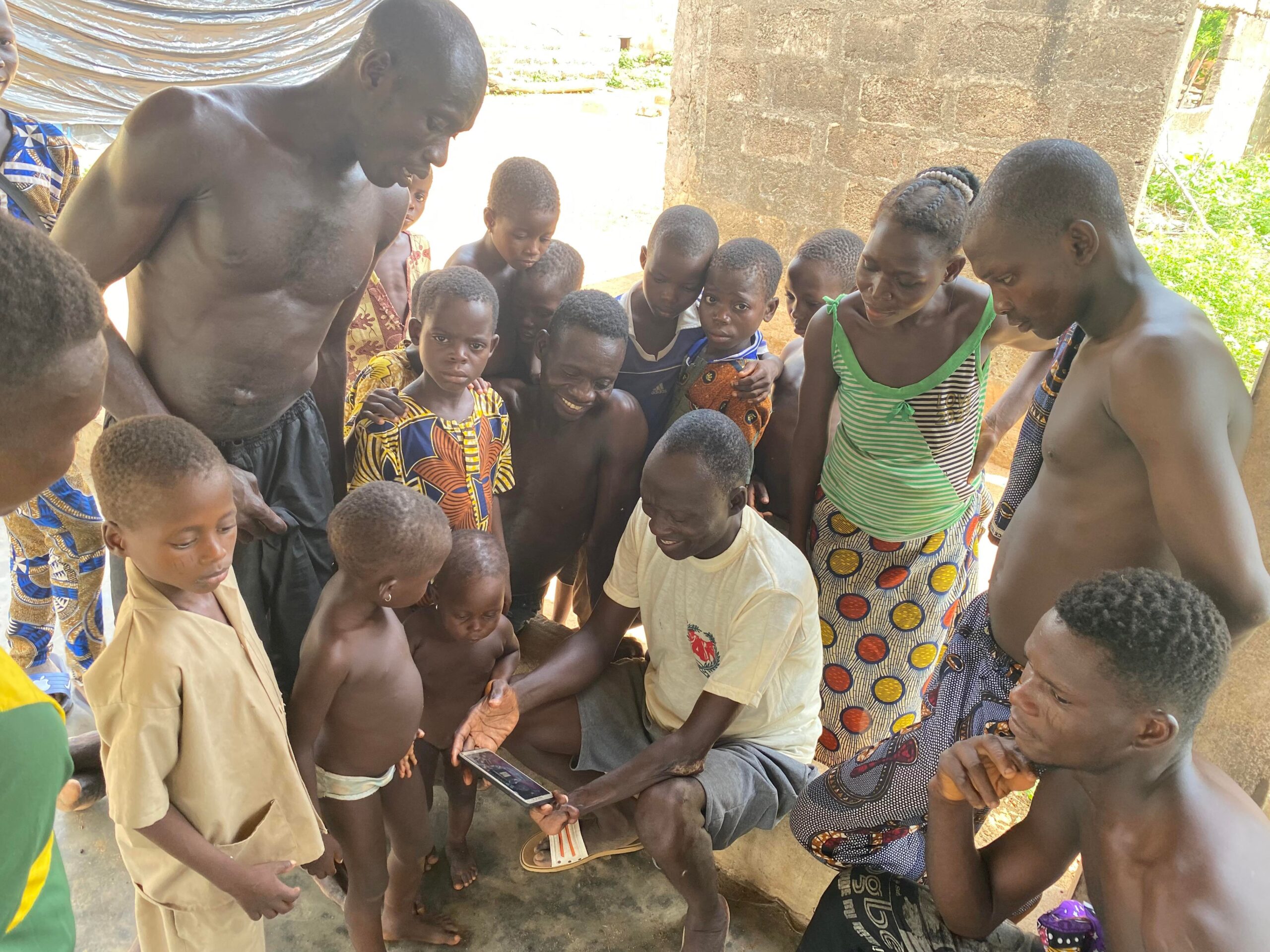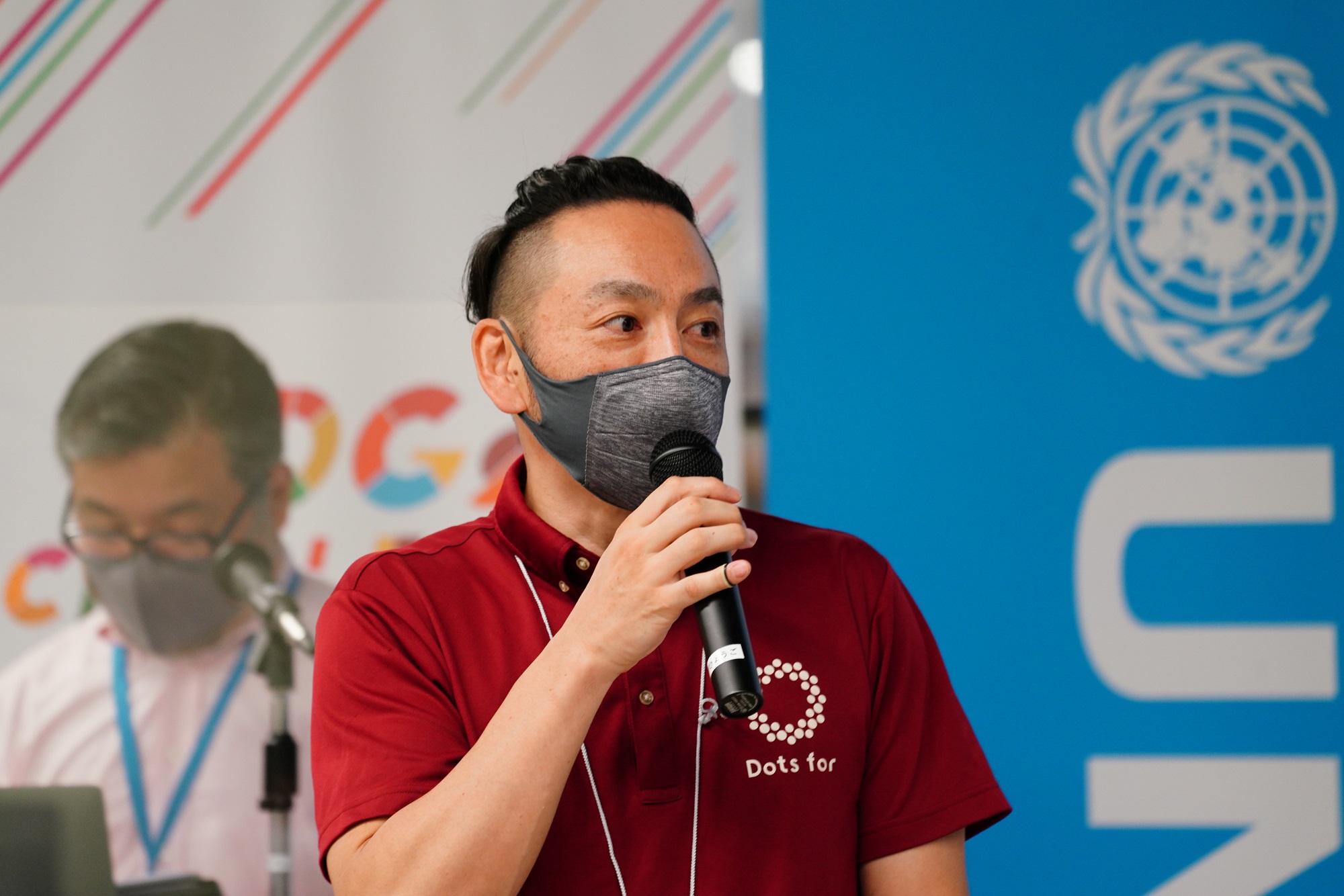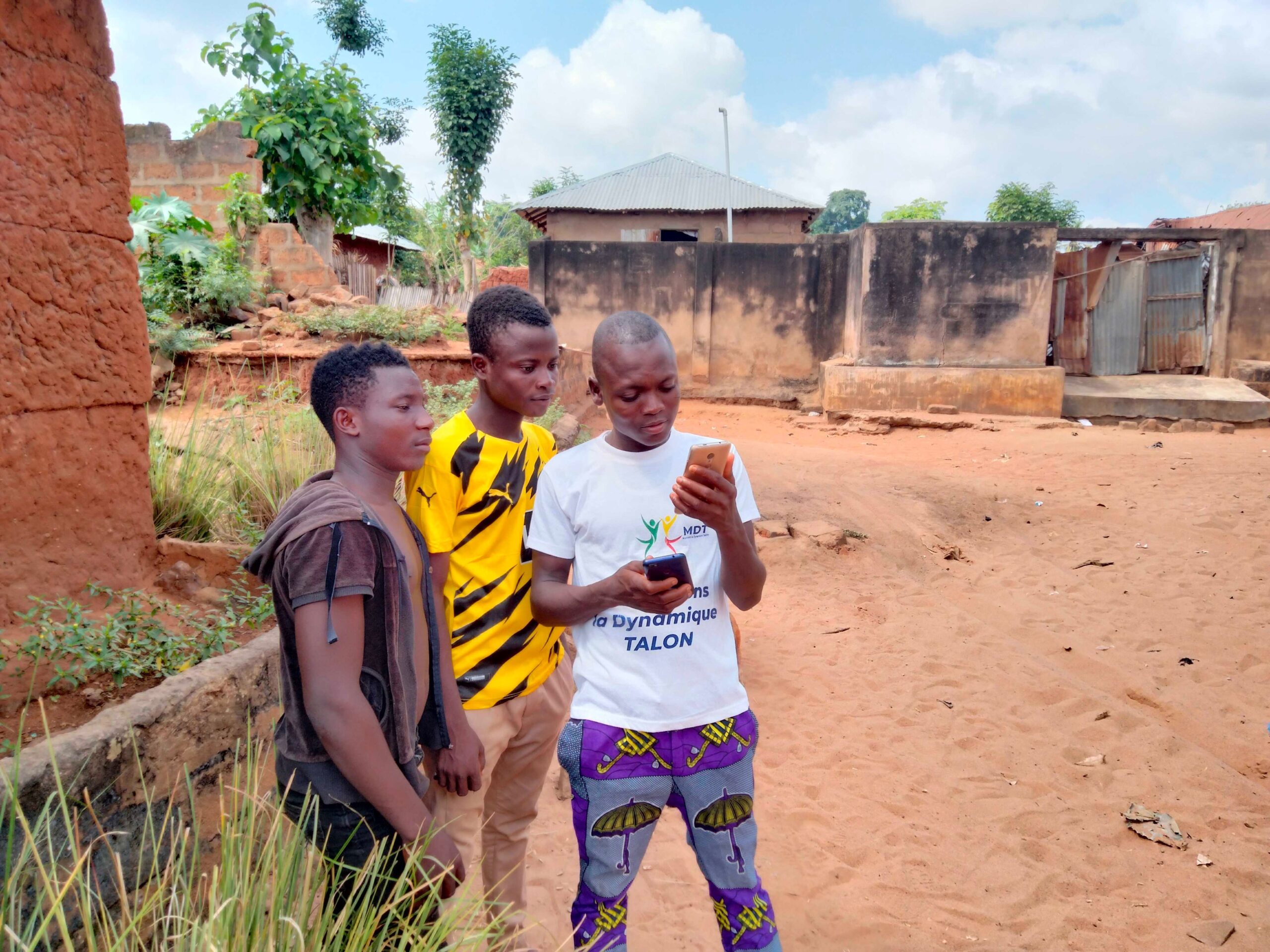“Dots. For” striving for the communications Infrastructure to be more inclusive like adding African Rural villages by connecting the dots
2023.06.03
Lifting the standard of ICT in Rural Africa through a new kind of Communication Infrastructure
Dots for- The company is creating “Smart Village,” a digital platform that utilizes “distributed communications” to build wireless network infrastructure. They are using unique wireless technology “mesh network technology” at low cost and in a minimal time for users in rural African villages without Internet access. Dots for is aiming to accelerate and expand into all rural villages in Africa for equal access to information. Aiming for a world where people in rural areas can enjoy equivalent access which will minimize the difference between cities and other developed countries.
“Dots for” Ltd.
CEO:Oba Carlos 博哉
Established on: October 2021
Address: 2-2-15, Minamiaoyama, Minato-ku, Tokyo
Website: https://dotsfor.com
This article is originally copyrighted by Life-Tech KOBE
SDGs CHALLENGE is a startup support program of Hyogo Prefecture with Kobe City launched in 2021. Dots for Inc., which participated in the program in FY2022. Dots for Inc. is accelerating its efforts to promote digitalization in rural areas of Africa by utilizing its unique wireless technology.
In this interview, we spoke with Carlos Oba, the president of the company. We asked about what were the appeal and advantages of participating in the SDGs CHALLENGE for his company, Dots for.
 Becoming a catalyst to connect rural Africa with the world
Becoming a catalyst to connect rural Africa with the world
-What is the story behind the company name and logo of “Dots for” ?
Carlos : We are working to create network infrastructure in rural Africa and offer digital services to increase rural residents’ income by giving them access to information they could not access before. Our work is about creating information. We represent the rural people of Africa as dots, and we are connecting the dots to empower them. Also, if you look at the African land on Google Maps Street View, you will see white dots in the red soil, and if you zoom in, you will see a village. We named the project “Dots for” because we wanted to pursue what we can do for the village and its people while considering the village as a dot. So the soil that we see in Africa is called “ red rusty color”. And we used this color to reflect the land of Africa, its soil, and our mission to overcome the issues in Africa. Hence we made it the color of our corporate logo.
A catalyst for rural Africa to connect to the world
-Why did you choose network infrastructure construction as your business domain in the first place?
Carlos : I have seen many different countries through my travels as well as my work. I felt that the differences between developed and developing countries as well as between urban and rural areas in terms of economy and lifestyle were very drastic. Even among the ones left behind, I noticed that it was rural Africa that was lagging behind the most. While thinking about how to create impetus, I had the idea that the catalyst and solution could be telecommunication. If the villages are connected to the World through telecommunication, then economic activity and communication would increase. Therefore villages could develop and access the information as the rest of the world. Since then, I have chosen to work in rural Africa to improve the telecommunications environment.

-There are examples of companies and organizations supporting the development of infrastructure such as water and electricity, but what is preventing progress in the field of “communications”?
Carlos: Our view is that electricity is necessary for communication, and there has been no effective method to provide it equally and it is challenging. Now that telecommunication companies have been able to provide a certain level of coverage(mostly in cities), it is considered to be good enough. However, when you look into it, you will find the people who are left out of the whole process of development(rural areas). And they are not connected, but there no one is working to solve this problem. To state the obvious, Telecom companies are for-profit companies, so in conclusion they would not build infrastructure, as they will not be able to gain more than the initial investment rate because of the low income of the villagers. Therefore, they try to increase their leverage by improving usage in urban areas, which is why they are slow to take action in rural areas.
Weekly founders’ meetings did result in quality time
So you say that the regular and frequent meetings were indeed meaningful?
Carlos : Yes, it was. As time passed, I felt that we, all of the participants were gradually growing into a close-knit community. The situation of the business and issues were changing constantly, so it was very relevant to be able to discuss current issues and concerns. Since I was in Tokyo, I mostly attended the weekly hourly meeting online. Since some of the participating companies were based in Tokyo, we even started having our own meetings in Tokyo to discuss our problems in addition to the weekly founders’ meetings. I am glad we had this. These meetings were a chance for all of us to connect and they worked as an icebreaker as well.
-Although, almost two years after its establishment, “Dots for” has been involved in numerous initiatives. What was the motive for you for joining the SDGs challenge in Kobe, Hyogo?
Carlos : As Dots For, we wanted to establish stronger ties with organizations that work to revitalize the community. One of the main reasons was that the SDGs challenge’s sponsor included the city of Kobe. Kobe as a city that is immensely committed to startup support. We were also eager to make connections with and through UNOPS and other related organizations as the event itself was hosted in the UNOPS S3i Innovation Centre Japan. Also, although not directly related to the program itself, several of our internal members were graduates of the Kobe Institute of Information Science. That school teaches students how to solve social issues and connect to solve social problems through their knowledge of information and communications. All in all, I felt a strong connection with Kobe City that lead to strengthening the ties with this city.
What was your overall experience in the SDGs Challenge program?
Carlos : At first, honestly I thought it was a pretty demanding program(lol). I thought that attending the hour-long weekly founders’ meeting would take up a lot of my time. But turns out, this meeting was quite meaningful and vital! Each week at the Founders’ Meeting, participants share their company’s challenges based on a theme.

-So the weekly meetings ended up being productive and a good thing
Carlos:I am glad we had this. The weekly meeting was pretty productive because this meeting gave me chance to hear about other startups facing similar issues, working to solve social problems at the same time. I can only emphasize how crucial it is to discuss current issues, as things are constantly moving.
What do you find appealing about this program?
Carlos : I liked the fact that we were given opportunities to meet in real life at some events like the kick-off event and sometime in the middle of the program. On top of that, I appreciated the fact that the SDGs CHALLENGE staff would frequently share a variety of useful information with us. For example, they provided detailed support for the theme of the founders’ meeting by announcing in advance what to prepare and providing us with the readings before the meeting. Also sharing the whole files that came up in the discussion on the meeting that day, or sharing useful event information with the participants, it was the little things like these as well.
SDGs CHALLENGE is an opportunity to scale up your business
-What changes have you made or adopted in your business or yourself since going as a result of the program?
Carlos : We started having weekly leaders’ meetings. In these weekly meetings with the directors and field leaders, we share reports on the current situation and discuss the future. Before that, the founders and I had been having regular meetings, but it was exclusive. However, we now have established a regularly scheduled meeting with the local leaders which we didn’t do before. so I think the founders’ meetings at the SDGs Challenge had an influence on us in some way.
Were there any alliances and other relationships that were formed or flourished as a result of the program?
Carlos : Yes, we were contacted by a company in the logistics industry that had seen “Dots for” selected for the program on the SDG Challenge website. We have not made any concrete progress yet, but they inquired about the possibility of utilizing our communication technology. And I can say that participating in the “SDGs challenge” has opened such paths for us. There is learning from the ecosystem that is built within, and I thought it was an attractive advantage that we would get a budget for the demonstration of the project through this challenge. In fact, we are planning to conduct a demonstration experiment to install Internet facilities and build a network. This demonstration project is held in collaboration with a local telecommunications company in the Democratic Republic of the Congo for about two weeks starting in January 2023(for the time being , 2022 Dec).
 What are your plans for the future?
What are your plans for the future?
Carlos : Currently, the majority of people in local rural areas are engaged in agriculture and there is hardly any other choice or industry in the area. We need to think about how we can raise their income to change the current situation where they cannot continue to pay their bills due to their low income. If we expand our business through the services we provide, it will eventually lead to an increase and a wider range of businesses and employment for the villagers. It will take 5 to 10 years to make it to a stable business and achieve our goal. Thereupon, we would like to expand to 5,000 villages by 2026, so it is crucial to work with a sense of urgency to achieve this goal.
Do you have a message for those who are considering participating in the SDG Challenge in the future?
Carlos : The maximum grant for companies selected for the SDGs Challenge is 2 million yen. I think this is very valuable and enticing for companies like ours, as we mainly focus on overseas business but can not afford demonstration experiments abroad on our own. Furthermore, in the case of this program, the association with the name of UNOPS, a UN agency, is also a bonus. I think that local governments often provide support to companies that work to solve issues limited to their communities, but I think the SDGs Challenge is unique in this context. It is quite rare for a local government to support a company like ours, which is 100% based overseas (lol). I think it is an opportunity worth applying for! For companies that want to take their business a step forward and scale it up!
